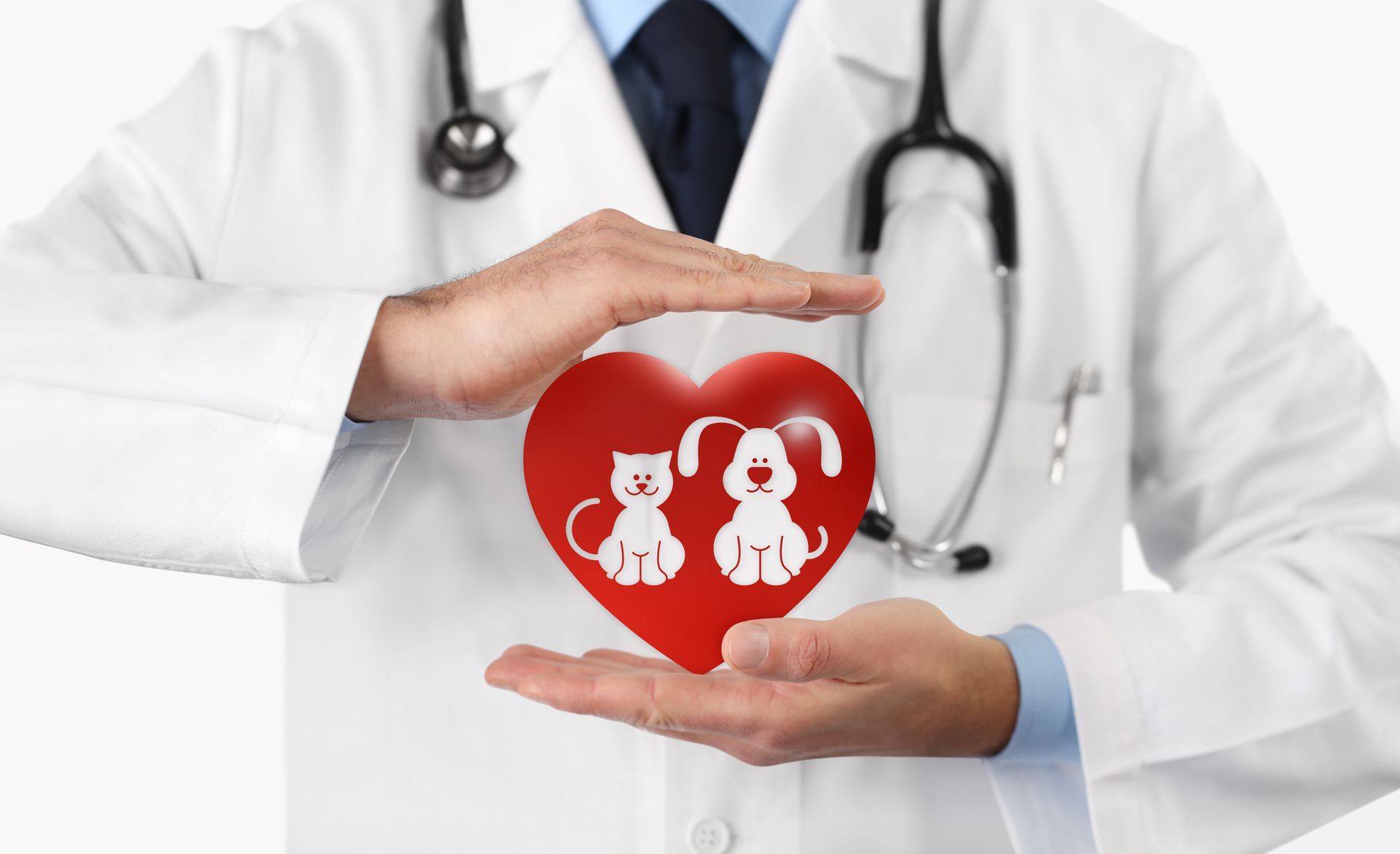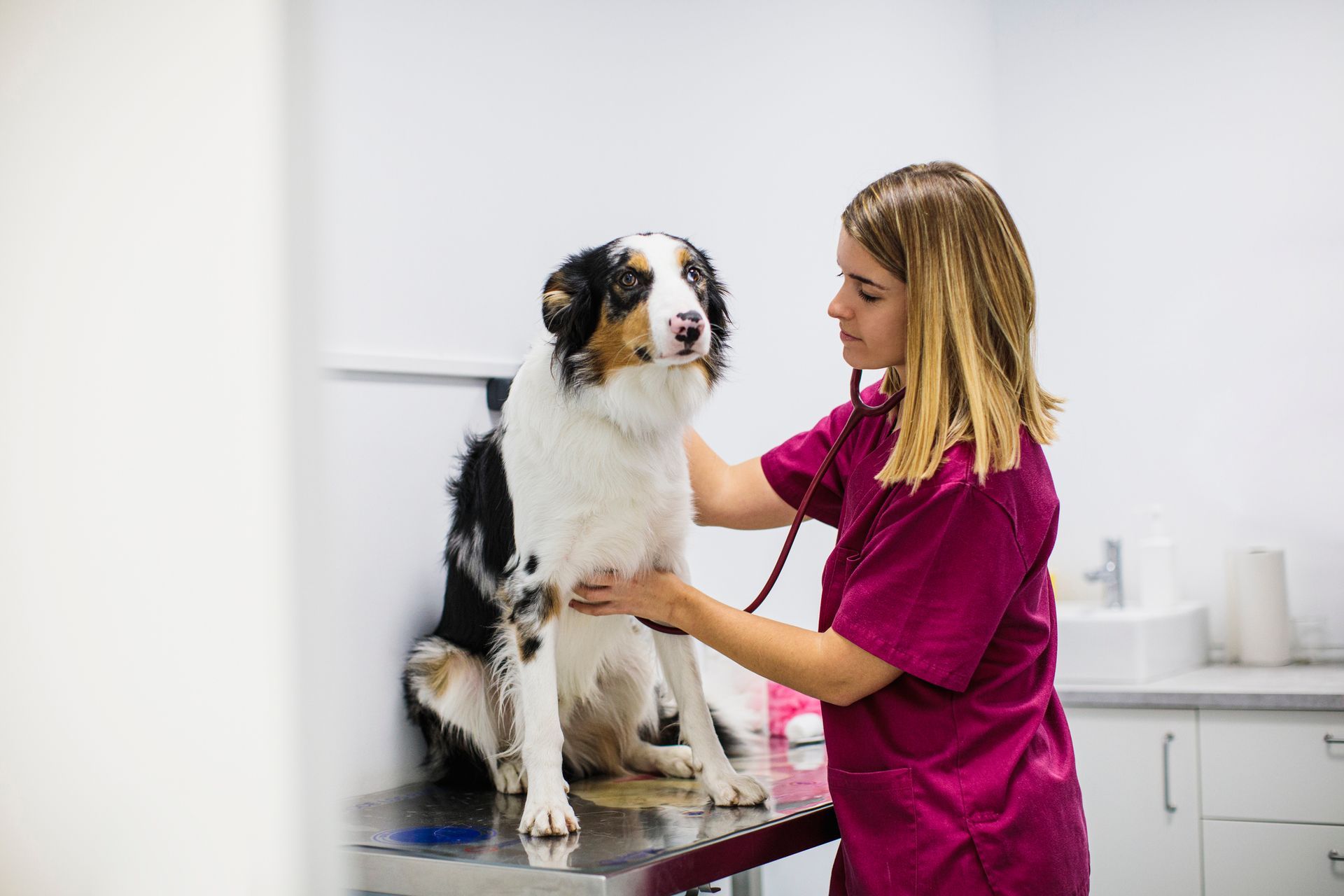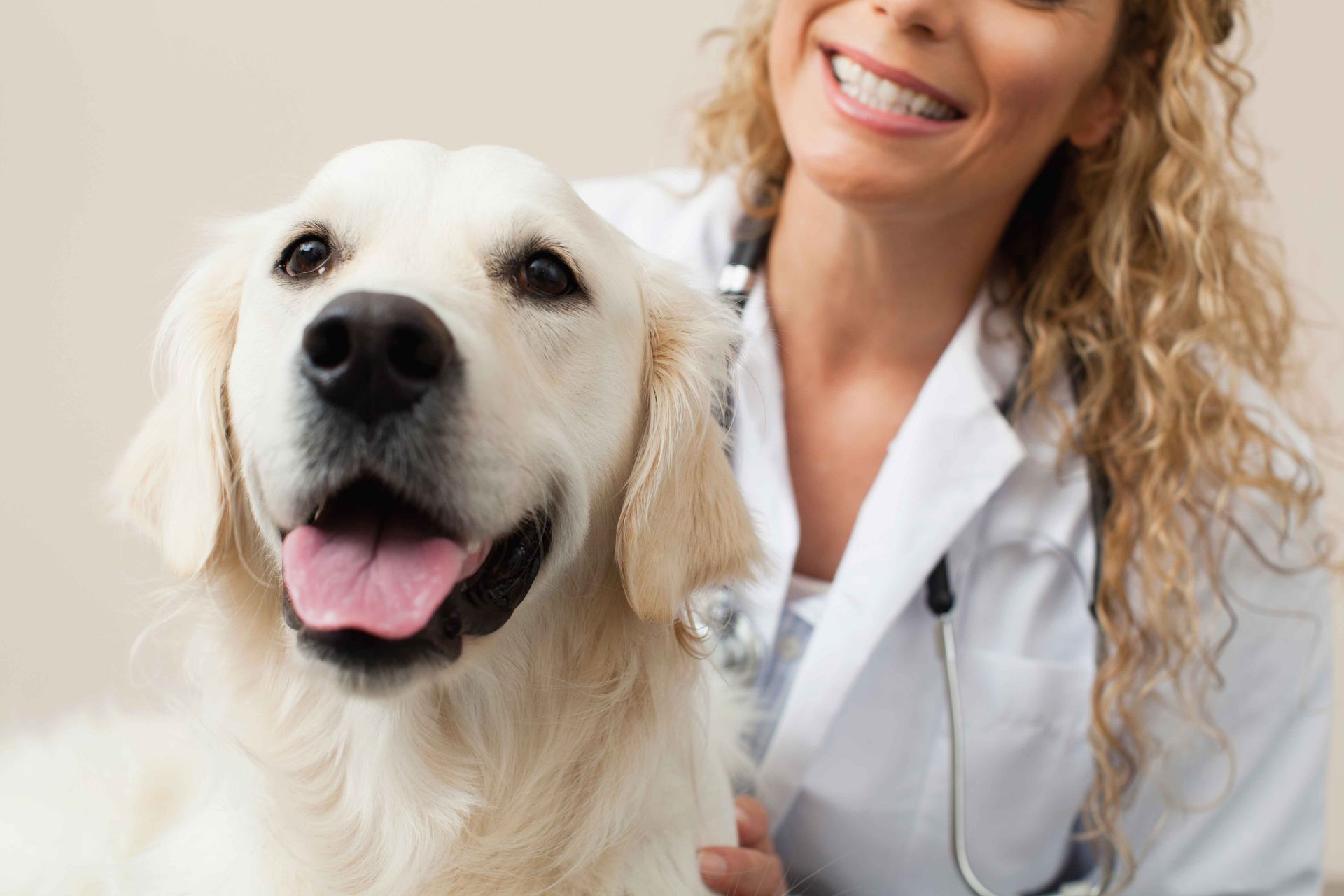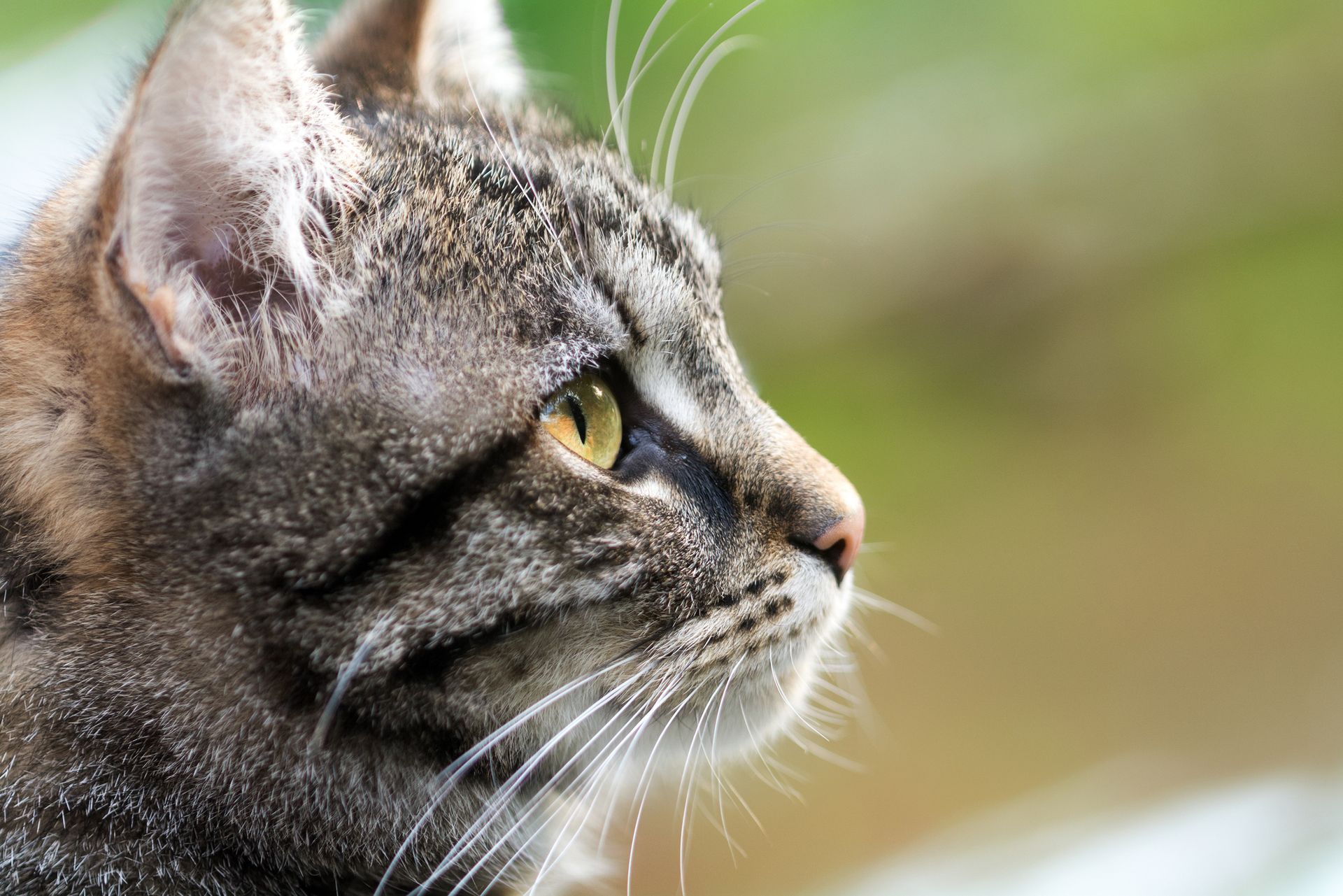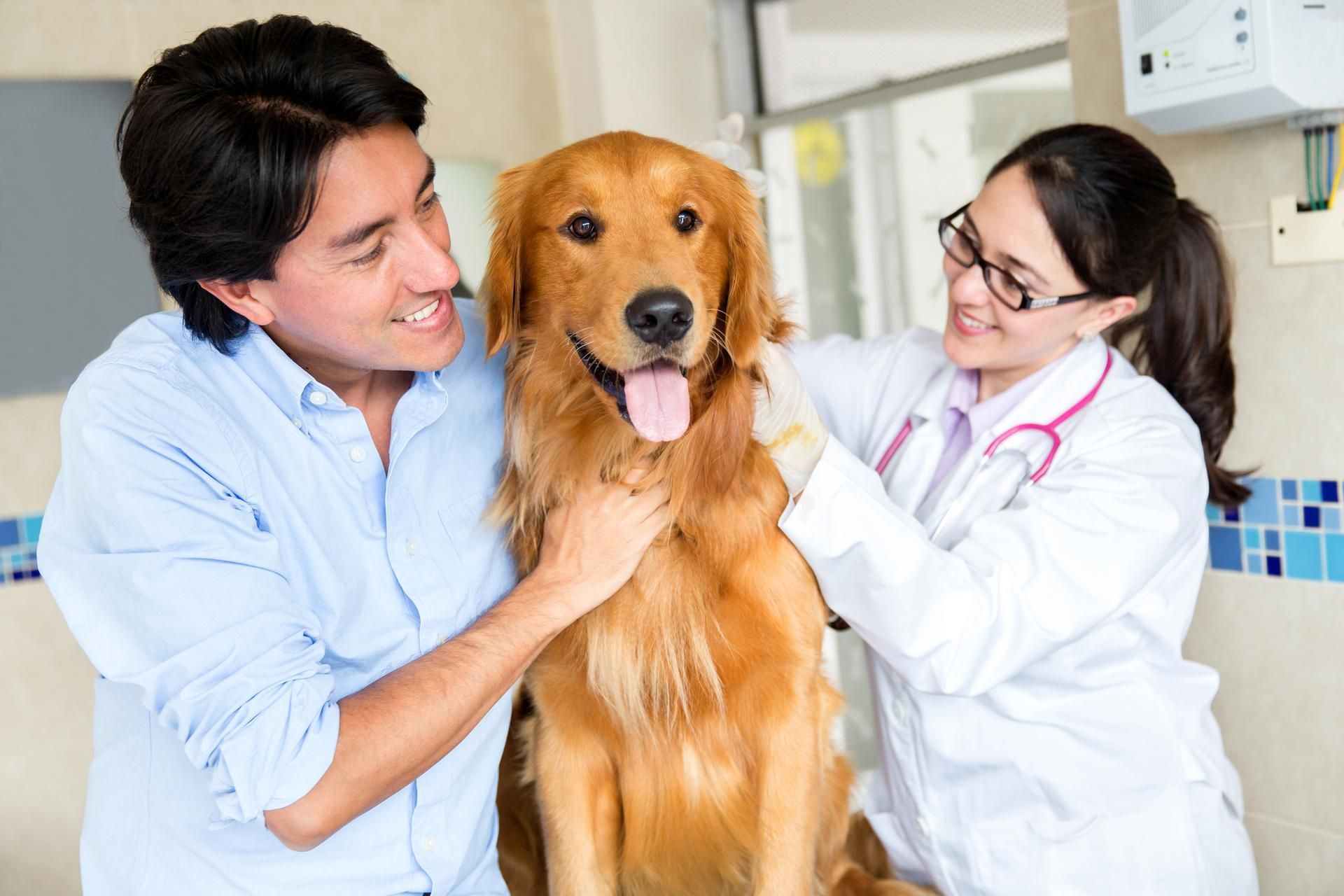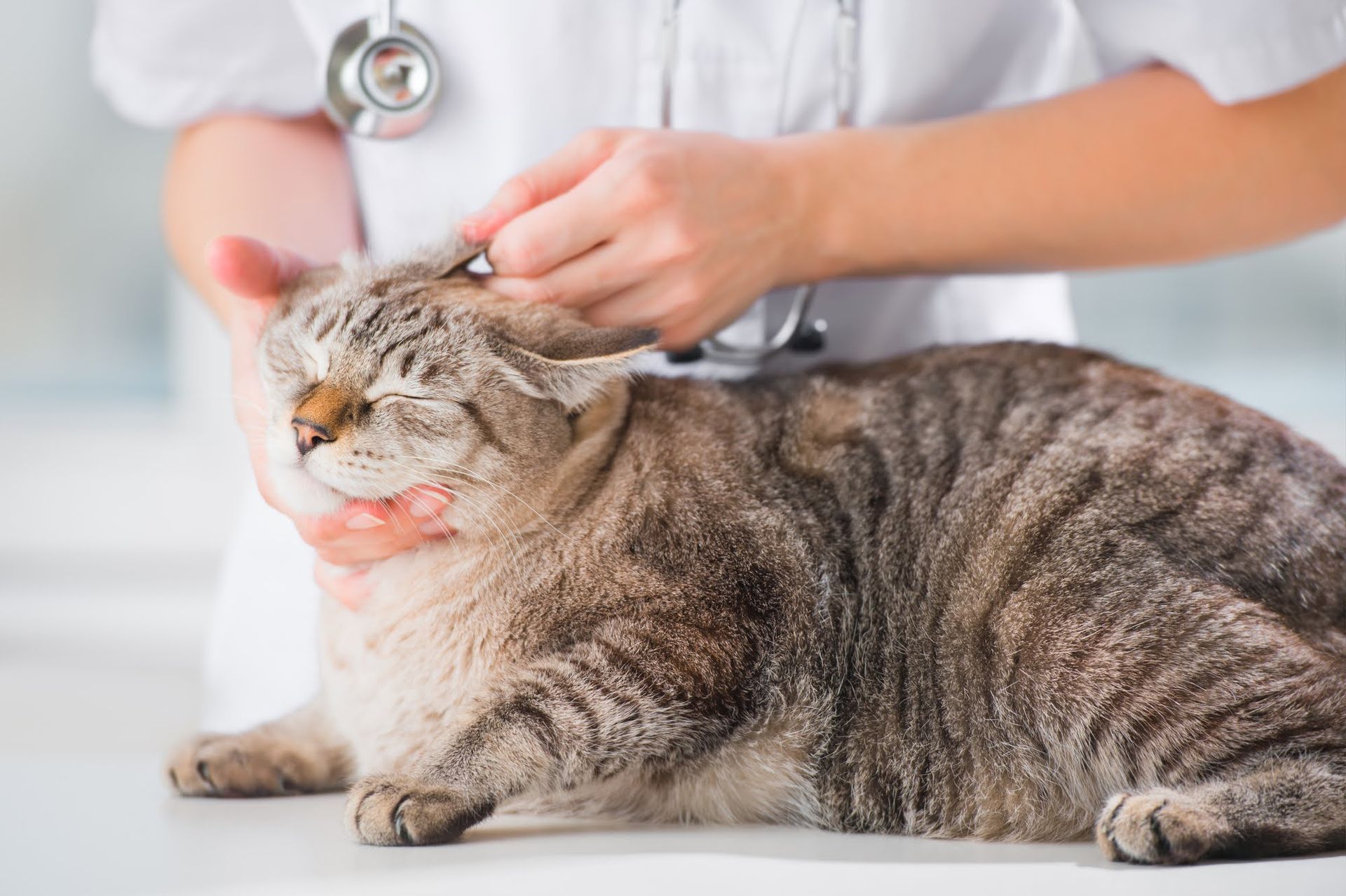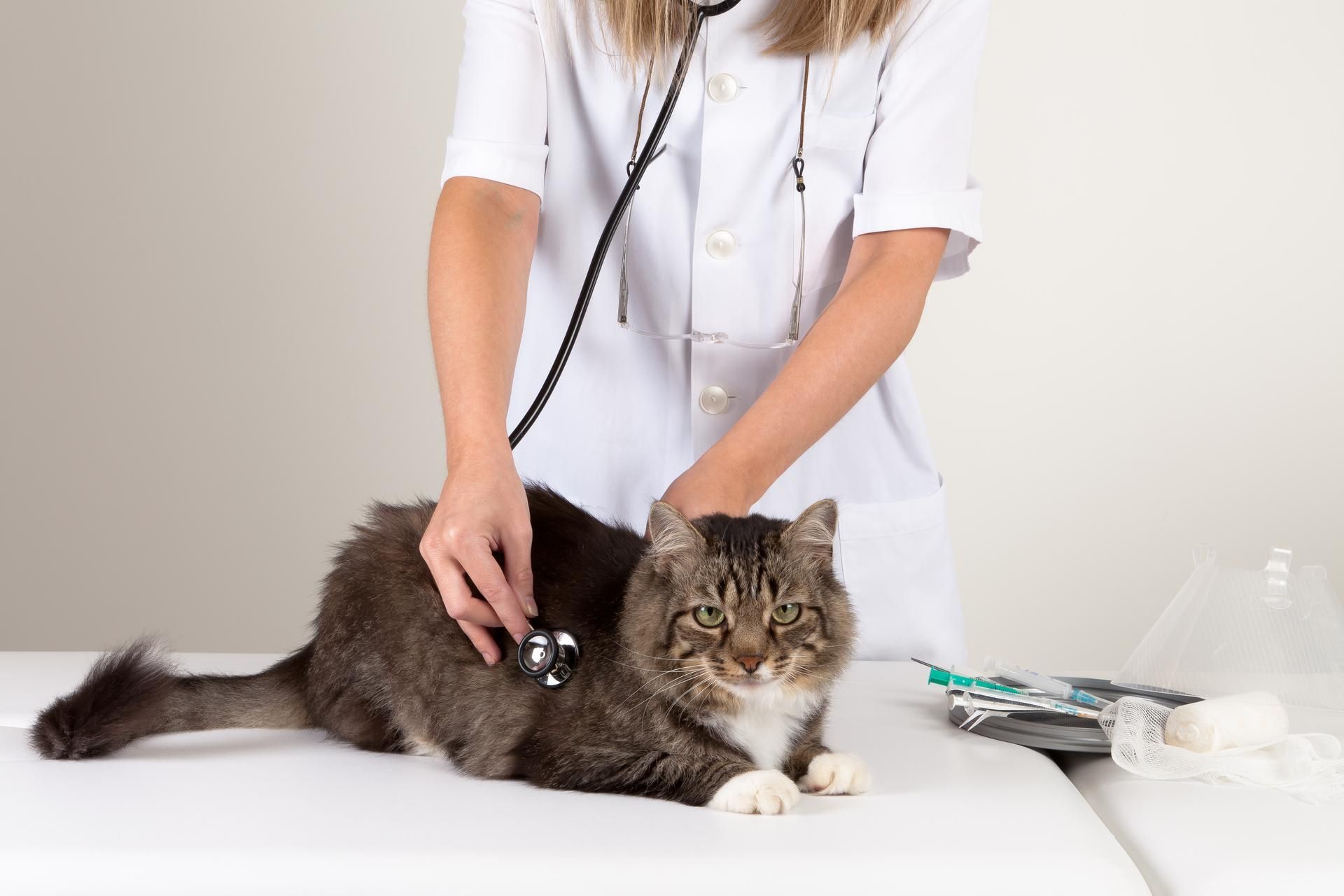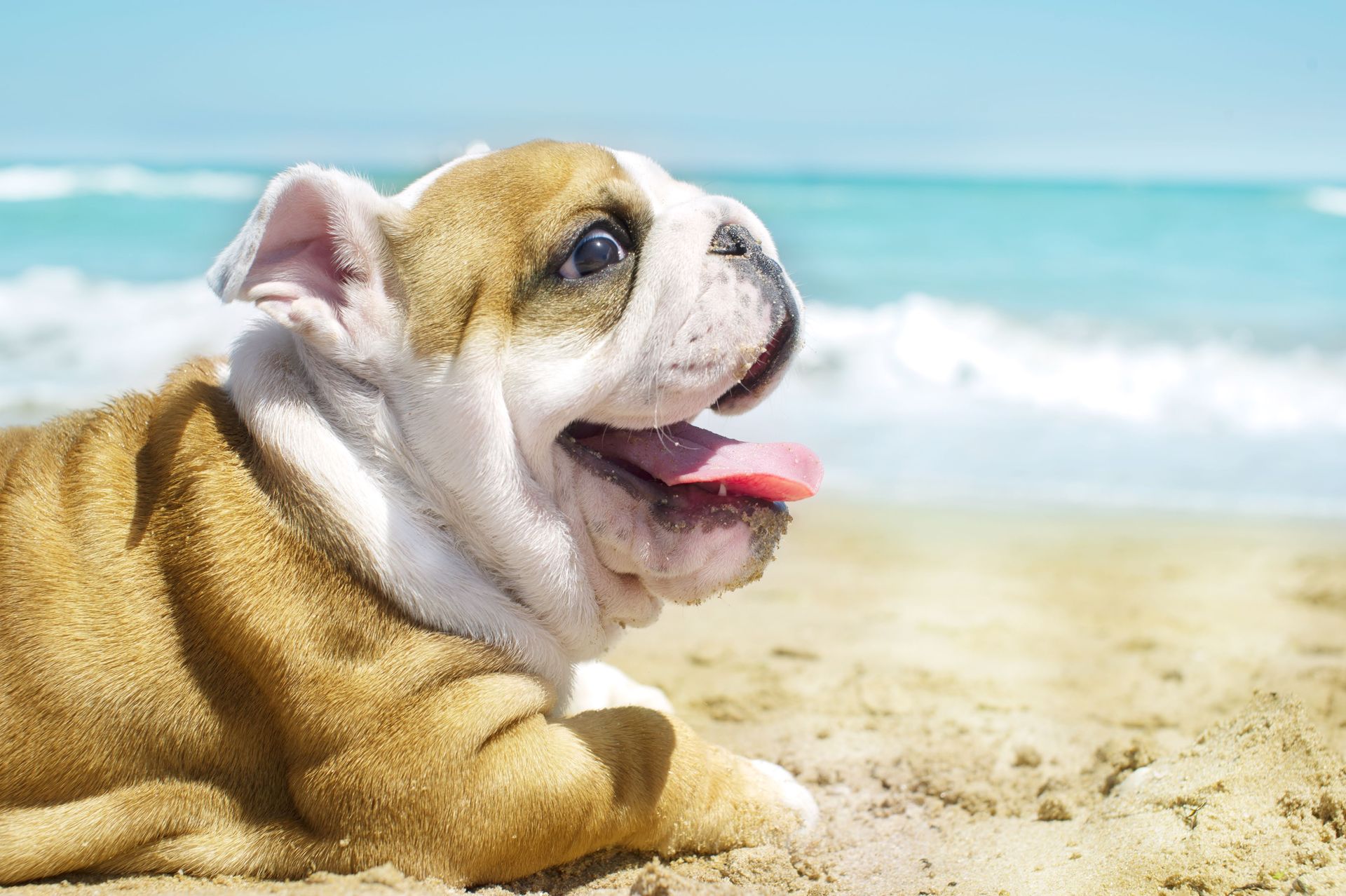3 Common Causes of Excessive Drooling
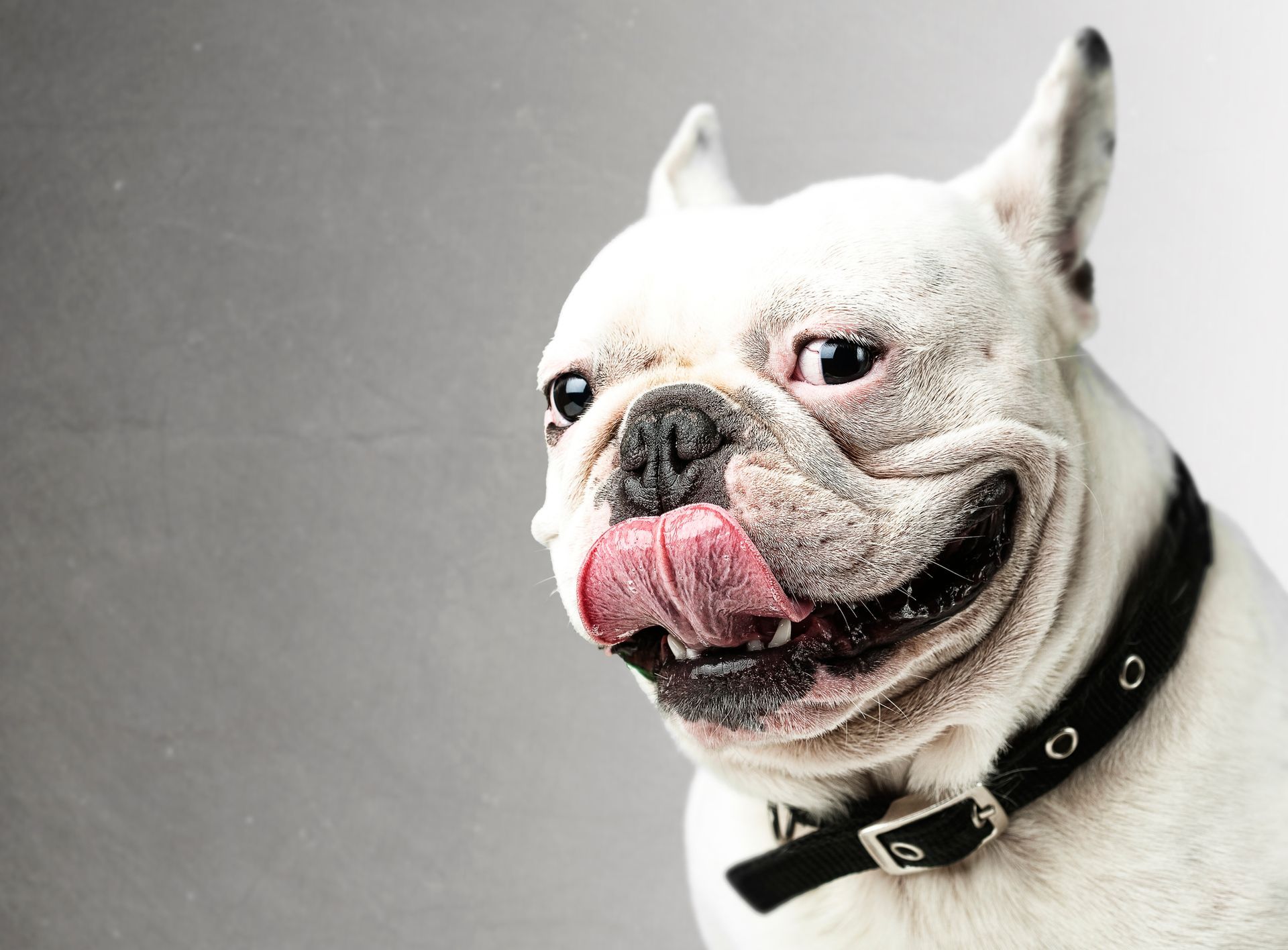
Walking into a room only to slip on a pool of drool may not be the warm, fuzzy welcome you envisioned when you decided to adopt your furry friend. Yet, most dog owners know the struggle of the occasional drool puddle. While a bit of slobber is completely normal, excessive drooling can turn your home into a slippery hazard and even indicate potential health issues.
Discover the three common causes of canine slobber trouble to gain insights that might just save your socks and sanity while ensuring your beloved pet stays healthy.
1. Dental Issues
Like humans, dogs can experience various dental health problems, including gum disease, tooth decay, and oral infections. These conditions can lead to discomfort and pain, and as a result, your dog may drool excessively.
The drooling is a response to irritation or inflammation in the mouth, as the body attempts to soothe and protect the area by producing extra saliva. This can also be a sign that your dog is having difficulty swallowing due to pain or physical obstruction.
Also, some dental issues can actually alter the way a dog holds its mouth, leading to more drooling. For instance, loose or broken teeth, oral tumors, or growths can change the fit of the mouth, causing saliva to leak out. The change in the mouth shape alters how your dog's lips and cheeks close around its teeth, making it difficult to contain the saliva.
If you observe your dog drooling more than usual, a checkup with the vet is warranted to rule out potential dental problems. They might suggest a professional cleaning or extraction of damaged teeth, depending on the severity of the issue.
2. Motion Sickness
Just as humans can experience motion sickness, dogs too, can be susceptible to the unpleasant sensations that come with movement. Nausea is a common symptom of motion sickness in dogs, and excessive drooling can clearly indicate this discomfort.
The body's response to the distressing motion is to produce more saliva. This is an evolutionary response, as the body prepares to potentially vomit by producing additional saliva to protect the teeth and mouth from stomach acid. So, a dog drooling excessively during car rides or other forms of travel might have motion sickness.
The drooling, in this case, is typically most noticeable during and immediately after the movement or travel. You may also observe other signs of motion sickness, such as restlessness, whining, pacing, and in severe cases, vomiting. The drooling should cease once the motion stops and the dog's equilibrium is restored.
If your dog regularly displays these symptoms during travel, consult with a vet. They may suggest remedies such as medication, behavior modification techniques, or other interventions to make travel more comfortable for your pet.
3. Heatstroke
Heatstroke in dogs is a potentially life-threatening condition that occurs when a dog's body temperature rises significantly above the normal range. This can occur due to exposure to high environmental temperatures, such as being left in a hot car or strenuous physical activity in hot, humid weather.
One of the first signs of heatstroke in dogs is excessive drooling, which can be a desperate attempt by the dog's body to cool itself down. Canine bodies, unlike humans, don't sweat to regulate body temperature. Instead, dogs pant and drool to dissipate heat and cool their bodies. When the body overheats, the dog may drool excessively in response.
Heatstroke can lead to a series of internal reactions in a dog's body that can stimulate excess drooling. One of these reactions is an increase in blood flow to the skin and mucous membranes in an attempt to dissipate heat. This increased blood flow to the mouth can stimulate the salivary glands to produce more saliva.
Other potential causes can include allergies, ingestion of toxic substances, and even certain neurological disorders. Talk to us at South Seattle Veterinary Hospital if you notice any changes in your dog's drooling habits or other concerns about their overall health.


